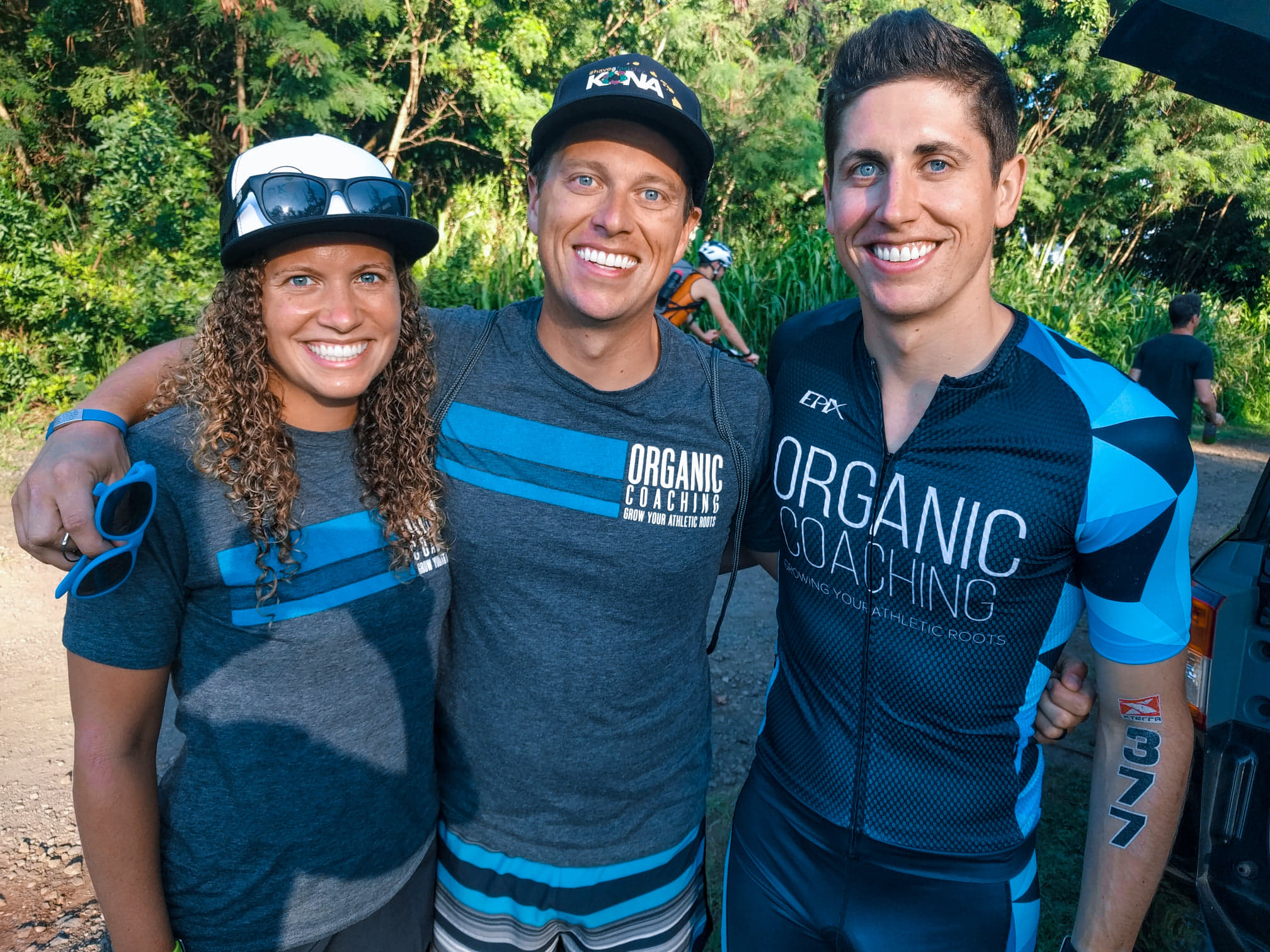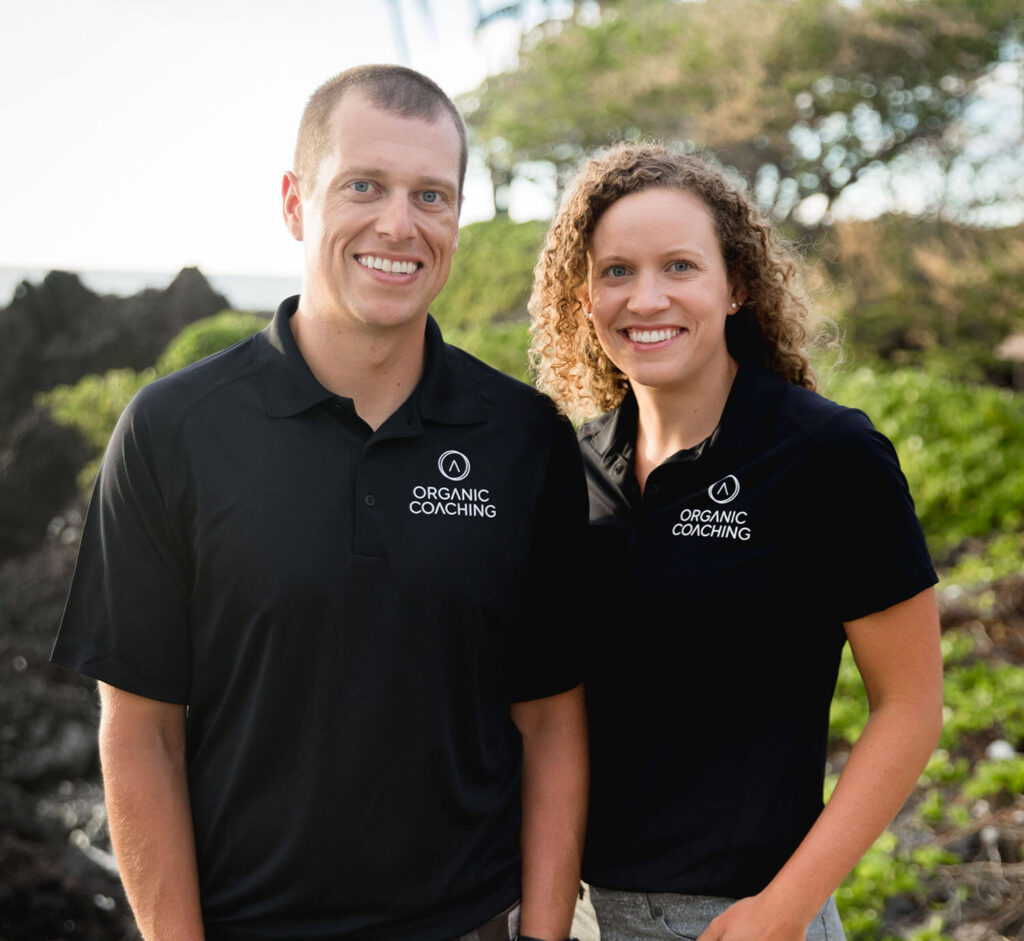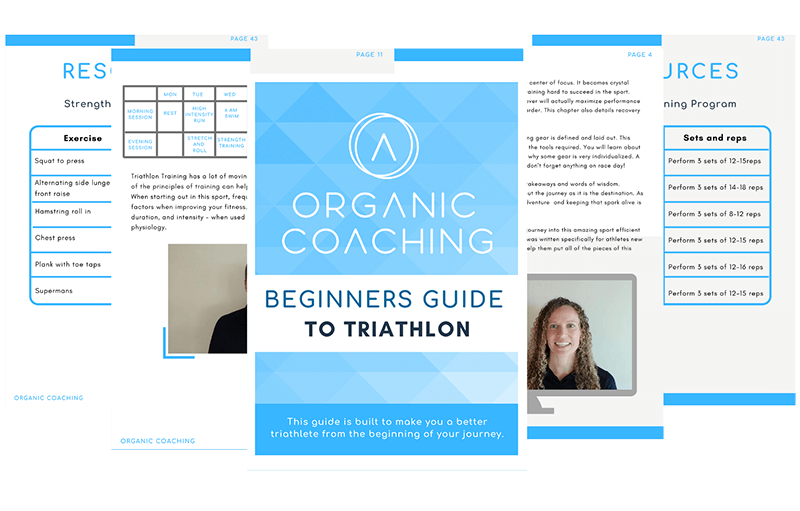
I love the Form swim goggles paired with the Polar OH1+ optical heart rate sensor. In the pool and in the open water the goggles have helped me hone in on pacing. While the optical HR sensor on the goggle strap may not be 100% accurate the HR data helps me keep pacing even in a 25-yard length or in different open water conditions. The way data screens can be customized to show me the data I find important is very valuable.
The Roka GP-1 performance sunglasses with no frame at the top of the lens. These are my favorite sunglasses for training. The lack of a frame around the top of the sunglasses eliminates any blind spots when riding in aero on the road. The colors can be completely customized and I find the sunglasses to not move and stay snug on my face during even the hottest rides.
Honesty when I got into triathlon a decade ago socks were not a worry to me. Over the years it has become apparent that quality gear can make a difference. A sock I have gravitated towards is the synthetic Sock Guy SGX sock. The sock has good ventilation and breathability. The seamless toe has left me blister-free for years. I find the socks to be sung enough to not move, but not so tight that they squeeze my foot.
While running in the dark being seen becomes one of the biggest priorities. For this reason, I have been wearing a Noxgear Tracer 360 while running in the dark.
The Tracer 360 is a vest that lights up several different colors. You can choose it to stay any one of the solid colors or pick one of the many flashing patterns it has. The light can be seen from every angle so you can easily be seen from the front, back, or side. I run with my wife and she wears one also. I can easily see her from ⅛ to ¼ mile away depending on the conditions.
The vest is very lightweight. You hardly notice that you have it on. It also easily goes over any type of hydration vest you may wear.
It uses 3 AAA batteries to power it up. The manufacturer’s website states that it lasts up to 40 hours. Even though I’ve never actually kept track of how long the batteries last I’d have to say 40 hours is pretty close. I rarely have to change the batteries. Another nice feature of the vest is when you turn it on or turn it off it will flash letting you know what the battery life is. Green when the batteries are good. Yellow when they are ending their lifespan and red when they should be changed. As the batteries get weaker the lights still shine with the same brightness as with new batteries.
The vest is built for all weather conditions. I have worn mine in heavy downpours, below-freezing temperatures, and on days with high humidity and temperature. Mine is 3+ years old and is still going strong.
Many of us like to listen to music while training. Swimming is a little more difficult due to most headphones can’t be in the water and Bluetooth doesn’t work in water. I’ve tried many different underwater mp3 players designed to be used while swimming. I’m going to give you my review of the AfterShokz Xtrainerz.
The Xtrainerz are waterproof, mp3, bone-conducting headphones. Being bone-conducting they are open ears. So you can swim with earplugs if needed. I find these headphones to be very comfortable. They don’t interfere with my goggles or swim cap.
Another plus for the Xtrainerz is that there is no cord. I’ve tried some with cords and found them to be a nuisance. You have to play that cord and tuck the extra under your goggle strap.
Earbud mp3 players work nicely until the water gets into the earbuds themselves. At that point, the music becomes muffled and possibly unhearable. This is the great thing about Xtrainerz. It’s basically a pad that sits against your skin in front of your ear so there is no water intrusion.
Battery life on them I have found to be amazing. Manufacture stats 8 hours. While I’ve never run them down that long I can say they easily get six hours between charges.
These can also be used for any other application. Great for running and cycling because with the open-ear design, you can hear traffic. Aftershokz does make Bluetooth models that you could use for other applications. While the Xtrainerz sounds great I feel the Aeropex model sounds better while running and cycling.
With triathlon gear, hydration systems are a vital component that isn’t always prioritized. While on the bike there are many systems that we can use. I’m going to review the Profile Design FC25 aero hydration system.
This system mounts easily to your aero bars giving you easy access to your beverage of choice. I found it very easy to install and easy to remove the bottle for cleaning. If you choose it comes with a mount for attaching your bike computer. I attached a Garmin computer to this mount. While riding outside and hitting bumps in the road I found the Garmin mount would move. So you had to reposition your computer so it can be seen again. Eventually, I glued the computer mount to the mounting bracket of this hydration system.
The first thing that caught my eye with this system is the straw. It has a bite valve that helps prevent spillage from it. The second thing is the bracket that holds the straw down. This is a very nice feature to have. I’ve had other systems where the straw would stick straight up and in your face while in the aero position. This eliminates that.
This system has a quick-fill setup. It’s a rubber cap with two layers of flaps to try to prevent spillage. While filling quickly works fine. When riding, if the bottle is full or close to the top, it tends to leak a little bit out getting the fluid on your bike.
The capacity of the FC 25 bottle is 25oz. which I found to be a good size. But if you feel you may require a little more there is an FC 35 model that holds 35oz.
–Coach Tyler and Coach David
READ MORE: SWIM GEAR TO IMPROVE YOUR PERFORMANCE

Carly and Tyler Guggemos built Organic Coaching in 2014 with a simple philosophy that works. The idea is to take what you have and grow it to get faster, fitter and stronger. And to do it with the time you have – not the time you wish you had.

For athletes who are ready to take their training to the next level while still thriving and succeeding in their professional and family life.
Copyright © 2024 Organic Coaching LLC